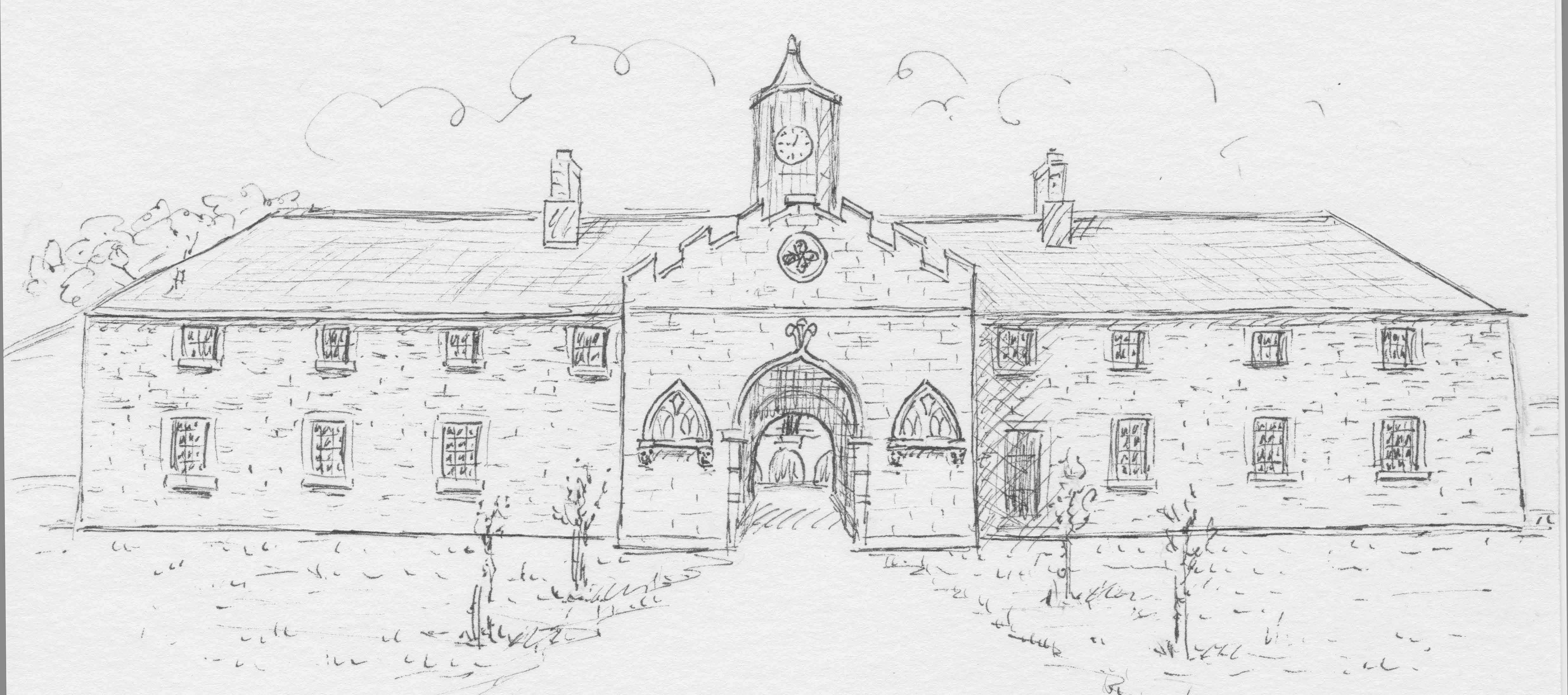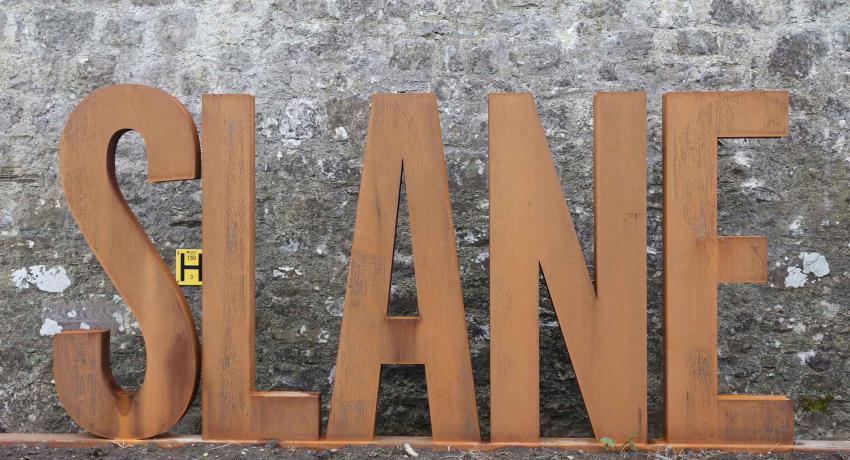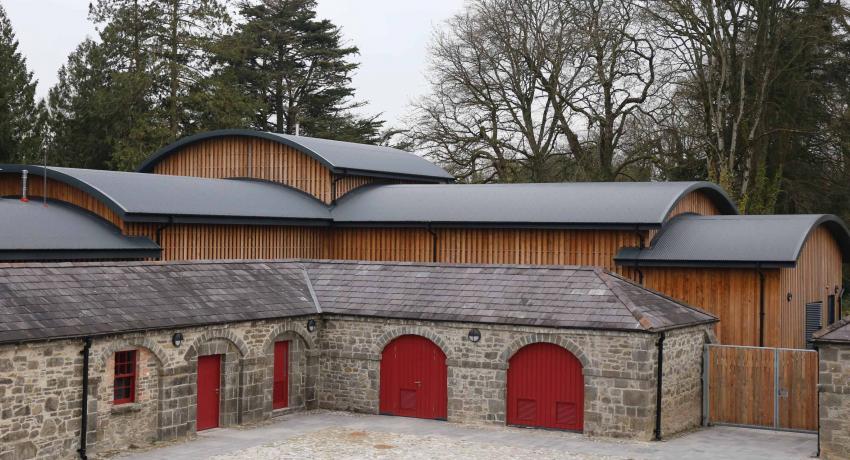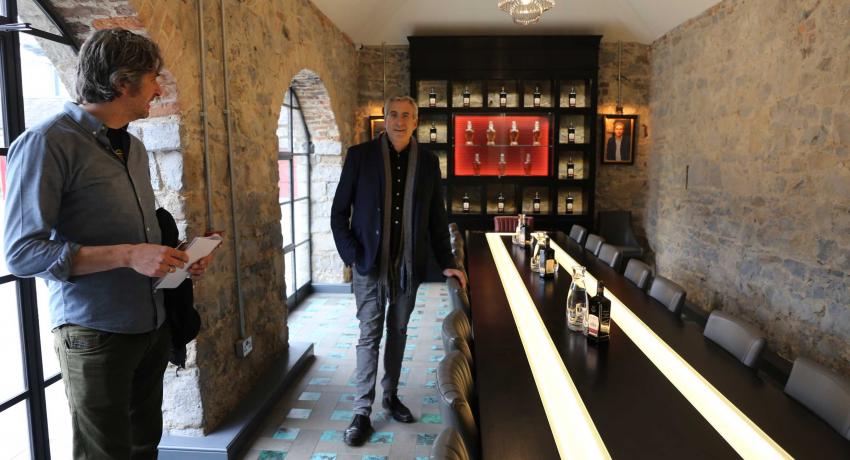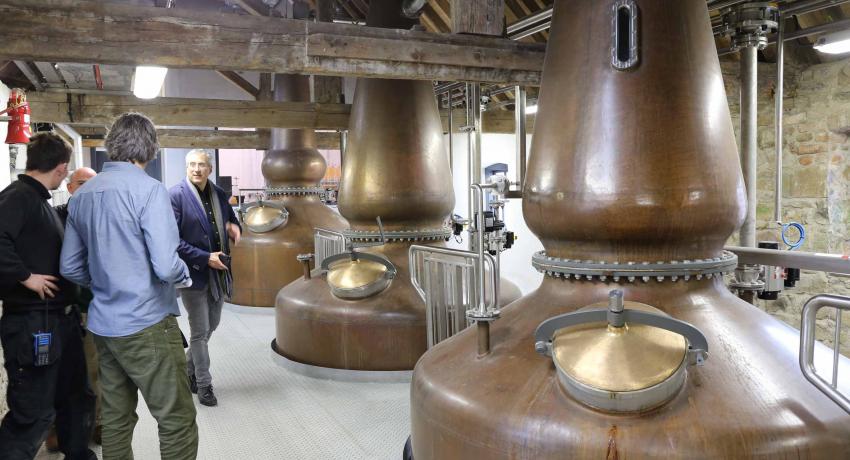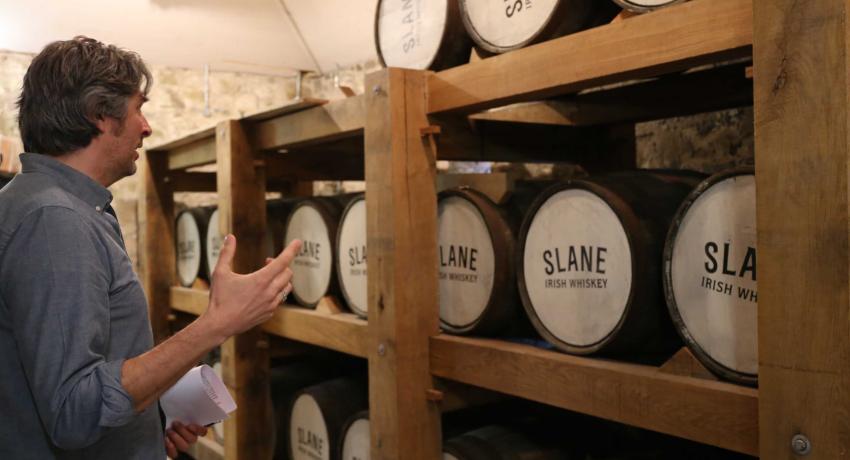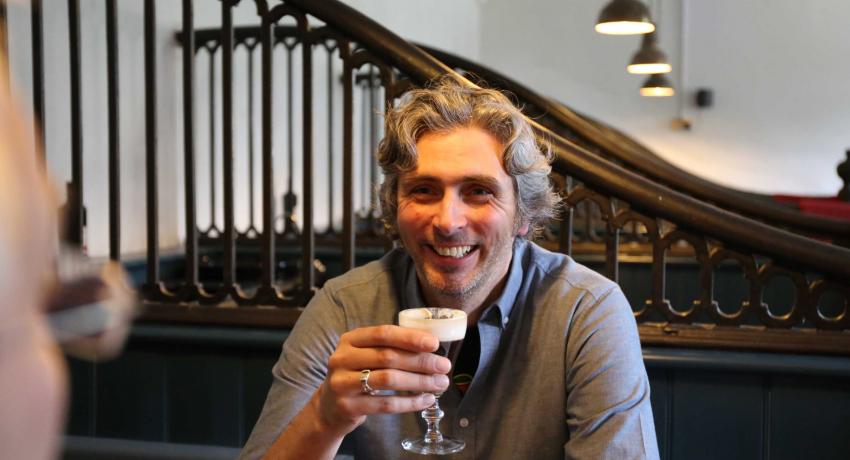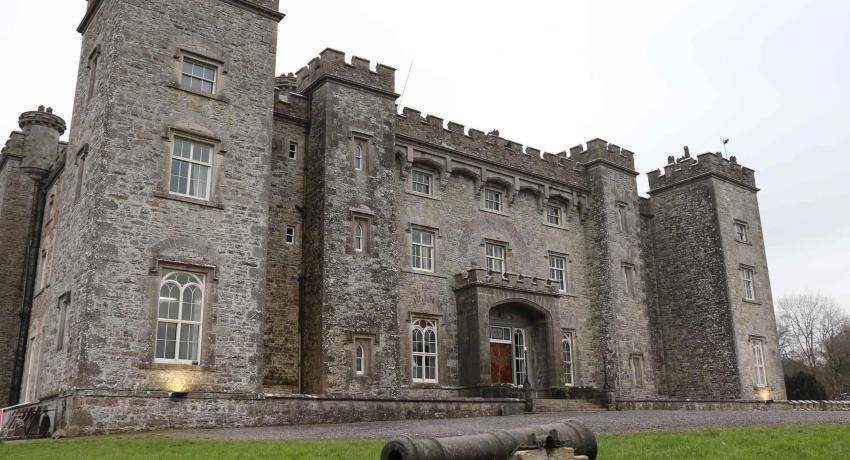- Log in to post comments
I first visited Slane distillery in the Boyne Valley, about 40km north of Dublin, during the Whiskey Burn trip at a time when the final preparations were taking place for the grand opening. The Capability-Brown-designed stable block of Slane Castle was still very much in the throes of being converted into the distillery at the time, but the grand opening was programmed for just over a week later.
Promising to come back and update the entry, I returned a few months later with my cousin, Peter, to a very different scene. The men in hard hats and hi-vis jackets are nowhere to be seen, no trucks are reversing here and there threatening to squash my Vespa, and there isn’t a pre-fab in sight. It is quite a transformation. Looking at the photos of how the buildings were before they were renovated, you begin to understand where most of the $50 million or so that Browne Forman invested in Slane probably went.
I had been a bit sceptical about them getting everything ready within the timescale, but apparently they did, and the opening went off with a bang – though not with a trickle. Actual distillations were not planned until later in the year. The stills were fired up more or less on time and the new make has been flowing ever since. Tours are available and can be made in combination with the castle visit.
Alex Conyngham, and present Earl of Mount Charles, is sitting in one of the horse stalls (now seating area of the bar/café) when we arrive waiting to show us around. Alex tells us that he was the last person to live in the stable block before it grew uninhabitable. He says he used some of the rooms as his student digs while he was studying at Trinity College Dublin – so just how inhabitable they were at the time is anyone’s guess.
Growing their own barley is an integral part of the Slane approach to whiskey making, especially with the estate’s capacity to grow 2,000 tonnes of barley a year. With one tonne of barley, Alex told me, Slane can produce around four hundred litres of pure alcohol. Doing the maths, which I don’t usually do with much success admittedly, that seems to me to work out at, well, plenty to be going on with.
Fermentation is done in Siberian larch washbacks (the slow-growing Russian wood is supposed to have a suitably tight grain) and feed the three Macmillan pot stills, powered by the distillery’s own bio-gas, to produce along with the column stills in the next part of the building up to 500,000 litres a year at full capacity.
Slane whiskey has been available for about a decade, matured in ex-sherry, ex-bourbon and American white oak, but what is presently poured out of the characteristic dark, square, hefty bottles with the family crest on the neck was distilled elsewhere. The new home-grown Slane whiskey will be similarly unpeated, and they are aiming at a light and floral, traditional Irish dram that will certainly be something to look forward to in both the blended and single malt versions.
Alex is a very personable chap, loves his new distillery and is full of enthusiasm for the future of the venture - not just for himself but for the next generations of Conynghams. Slane has been in his family since 1703, and he wouldn’t like to lose it on his watch, would he? This distillery means a lot to him and to his father, Henry, the present Marquis. It’s more than just a few million litres of alcohol – it’s heritage, it’s the continuation of an aristocratic dynasty, and you have to admit it’s a rather stylish way of keeping one's estate in the family.

